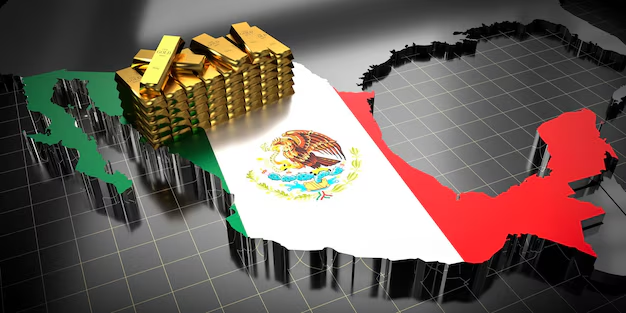Chinese FDI in Mexico was 1.832 billion dollars in the last decade, from 2014 to 2023, according to data from the Ministry of Economy.
This amount is small if one considers that the Mexican government aspires to capture annual amounts close to 40 billion dollars per year.
For the time being, the Ministry of Economy projects that Foreign Direct Investment inflows to the country will reach 38.2 billion dollars in 2024.
Chinese FDI in Mexico
In general, the Ministry of Finance and Public Credit (SHCP) expects that the relocation of production processes (nearshoring) and the installation of global companies in Mexico will continue to favor foreign investment and the constant flow of capital to Mexico, mainly reflected in FDI and portfolio investment.
Below is the trend of Chinese FDI in Mexico, in millions of dollars:
- 2014: 98.86.
- 2015: 49.42.
- 2016: 78.00.
- 2017: 130.93
- 2018: 269.42.
- 2019: 85.63.
- 2020: 167.96.
- 2021: 223.04.
- 2022: 569.73.
- 2023: 159.30
U.S. industrial production
The SHCP estimates that the U.S. economy will have solid growth in 2024. It forecasts an annual increase of 2.7%, which is 0.9 percentage points higher than the estimate in the 2024 Economic Package. This advance is primarily driven by private consumption in services and nonresidential investment. Both factors have been driven by the increase in real wages and the low unemployment rate.
In addition, the stable financial position of households and companies has contributed to mitigate the impact of high interest rates.
On the other hand, industrial production is expected to maintain a weak performance compared to the previous year. This is attributed to tight financial conditions, higher consumption of services rather than goods, and increases in transportation costs due to geopolitical conflicts. Trade tensions with China, which have resulted in higher tariffs, also played a role.
However, some industrial sectors will continue to grow. Industries that are more commercially integrated with Mexico, such as electronics, aerospace equipment and chemicals, will remain dynamic. Similarly, states such as Texas and Michigan, with strong trade ties, are expected to show growth above the national average.

